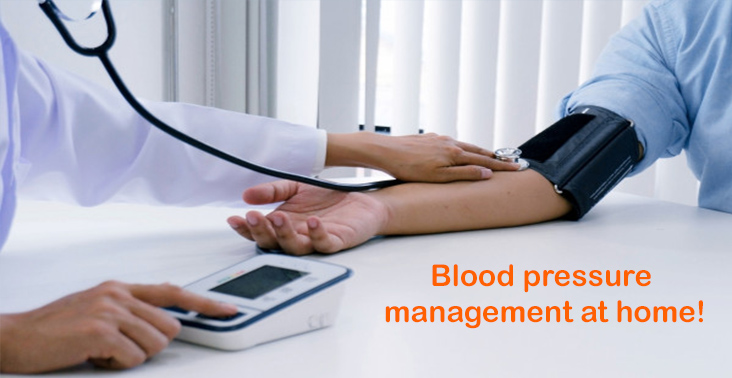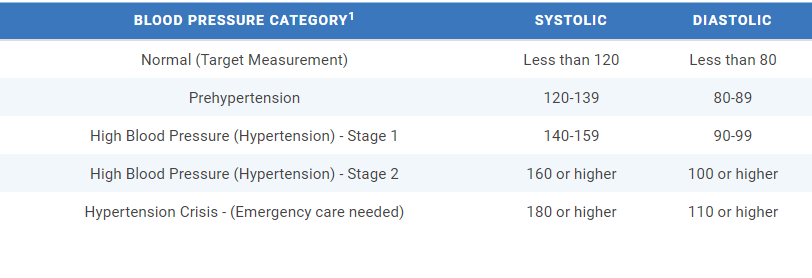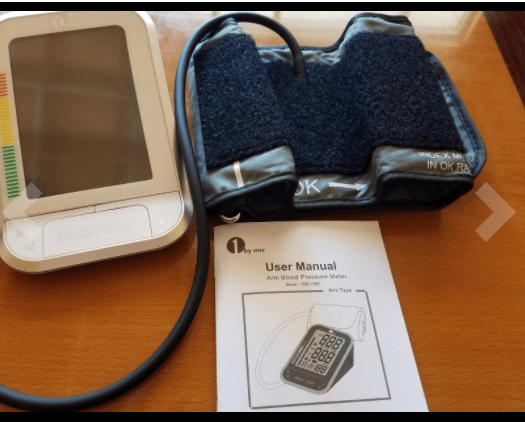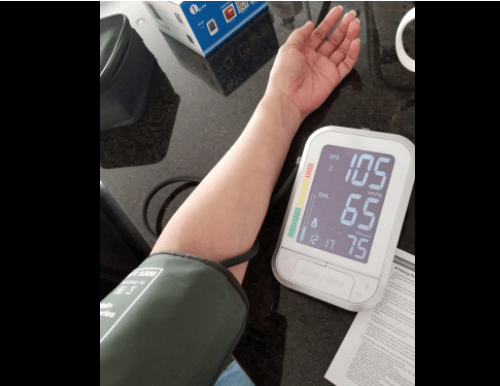For anyone who has been diagnosed with high blood pressure, the doctor certainly explained to you the importance of keeping tabs on it with a blood pressure monitor. The question is, how do you know how to use it to obtain consistently accurate readings? Let's take a look.
What is blood pressure?
Blood pressure is the arterial pressure of the blood caused by the heart forcing blood through the arteries. High blood pressure is characterized by abnormally elevated blood pressure in the arterial system.
Hypertension (high blood pressure) is a chronic disease. An adult is said to have hypertension if his systolic blood pressure (SBP) is persistently above or equal to 140 mmHg or diastolic blood pressure (DBP) is persistently above or equal to 90 mmHg. Generally, an adult should keep his SBP below 120 and DBP below 80 mmHg.
The 2 phases of filling and contracting of the heart are termed: Systole and Diastole.
• Systole occurs during the contraction of the heart.
• Diastole occurs during relaxation and filling of the heart.
What features do I need to keep in mind when I am selecting a monitor?
You should look at the following features when you select a monitor:
Size: The right cuff size is very important. The cuff size you need is based on the size of your arm. You can ask the doctor, nurse, or pharmacist to help you. Blood pressure readings can be wrong if your cuff is the wrong size.
Price: Cost may be a key factor. Home blood pressure units vary in price. You may want to shop around to find the best deal. Keep in mind that pricey units may not be the best or most accurate.
Display: The numbers on the monitor should be easy for you to read.
Sound: You must be able to hear your heartbeat through the stethoscope.
How to monitor blood pressure at home?
Easy-to-use digital blood pressure monitors are now available. Users can measure blood pressure themselves for self-monitoring of blood pressure at home. It is important that blood pressure is measured properly. Otherwise, the readings may be inaccurate, leading to inappropriate treatment.
How do I measure my blood pressure?
- Ask your doctor or nurse about how you use the device so that he can see if you are doing it properly or not.
- Take your blood pressure at consistent times.
- Whenever you take your blood pressure, use the same arm.
- Take your blood pressure before exercising.
- Avoid food, caffeine, tobacco, and alcohol for thirty minutes before taking a measurement.
- Go to the restroom first. A full bladder can increase blood pressure slightly.
- Sit in a comfortable position with legs and ankles uncrossed and you’re back supported.
- Don't talk while taking your blood pressure.
- Place the cuff on bare skin, not over clothing.
- Take a reading again after the first one to check accuracy.
- If you have a manual monitor, log blood pressure readings or heart rates in a log book.
Whatever you choose for taking blood pressure, an idea is to try to select that blood pressure monitor which you can handle, read and operate easily and comfortably, thus giving you most accurate reading. While taking blood pressure, Follow all precautions on leaflet comes with any blood pressure monitor. To know more about the blood pressure monitor, you can visit at our official website 1byone.com where you can see related blood pressure monitors at affordable price.


















Comments